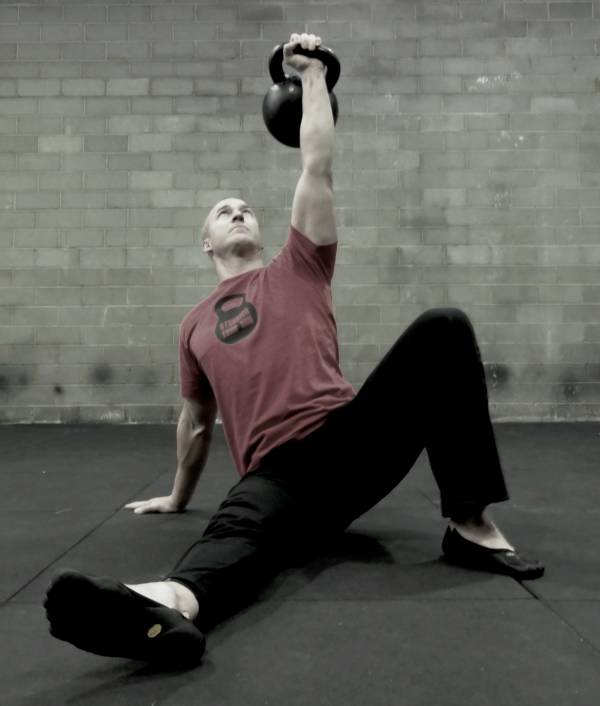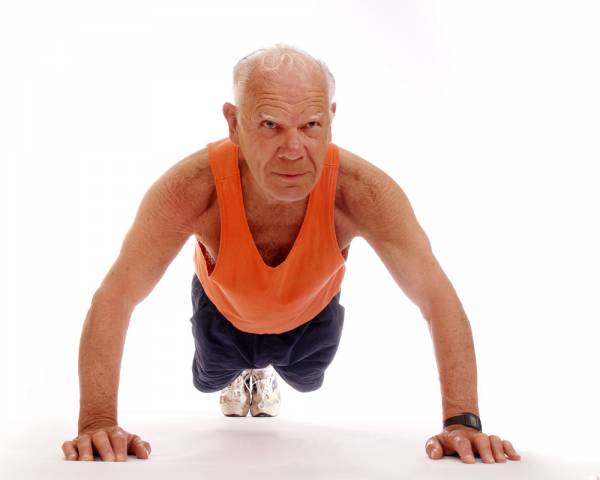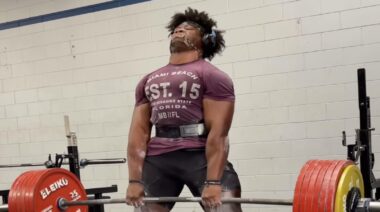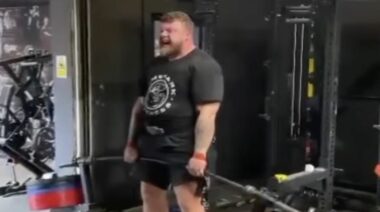The Olympics have always held a special place in my heart. When I was younger I remember feeling like I got the best birthday present ever when the men’s 100m final was held on my birthday in 1988. I remember taking a portable TV in to my job at a supermarket and hiding in the middle of a stack of boxes prepared earlier so I could watch it on my own (and, of course, so my boss wouldn’t know I was slacking). Watching Ben Johnson smash the field, and the world record with it, was one of the most amazing feats I have ever witnessed.
So every four years I get this incredible gift of watching performance so far out of the ordinary that it makes me happy in a way I just can’t describe. This, for me, is my da Vinci, my Shakespeare and my Three Tenors all rolled into one. The downside to this is the stark realization that while my heroes perform these amazing feats – lifting incredible weights or seeming to fly over the ground because they’re moving so fast – I seem to be made of far less incredible stuff.
While it may seem like there’s no point in even trying to compete if you’re more average than exceptional, if only the elite played sport the planet would surely be in far worse shape than it currently is. Sport is a great tool for social interaction and forming community – key aspects of us developing as a species. And just like sport doesn’t have to be played only by elites, there is no reason why training is solely the domain of the elite or those aspiring to be.
I love competing. But more than that I love training. And the reason I love training is simple – anyone can do it. No matter your age, ability, or lack thereof, training is open to anyone.
In a previous article I spoke of the system of training we use at Hardstyle Physical Training to quickly build up our beginners. But sometimes that may already be a step too far. One of my clients is seventy-three, has two full knee replacements, and had a few rounds of abdominal surgery a couple years ago to remove sections of cancerous bowel. With posture that is well-served to sitting at a desk instead of lifting weights and legs that don’t work so well – his knees won’t bend beyond ninety degrees due to the replacements – even my list of beginner exercises are actually too much.
So here are some ways to use our basic movement list for those we need to create regressions for:
Get Ups
You may find many beginners are unable to perform various sections of the get up. Perhaps they can’t perform the initial roll to get themselves off the floor. Maybe they have sore or painful knees and find either the kneeling lunge position or the lunge to standing painful. There’s no rule that says the only way you can perform a get up is fully from floor to standing or only via the current RKC method.
One of the best resources out there for breaking down various stages of the get up is Kettlebells From the Ground Up. This excellent book and DVD combination from Gray Cook and Brett Jones will show you more ways to fix movement just from the get up than you’d have thought possible.
 Alternatively, use partial get ups – either from the bottom or the top. A half get up gets you to the position where you are sitting tall, hips are still on the ground, and your non-kettlebell arm is straight with your hand on the ground. For people with bad knees or lacking shoulder mobility they will still get many of the benefits of the movement, from the initial roll to both closed and open chain shoulder stability as well as some thoracic extension, with just the half get up.
Alternatively, use partial get ups – either from the bottom or the top. A half get up gets you to the position where you are sitting tall, hips are still on the ground, and your non-kettlebell arm is straight with your hand on the ground. For people with bad knees or lacking shoulder mobility they will still get many of the benefits of the movement, from the initial roll to both closed and open chain shoulder stability as well as some thoracic extension, with just the half get up.
Another option is performing the exercise with no load, just to gain the mobility and skill of the movement – learning to get up from the floor is a great skill for elderly clients.
Deadlift
What if you’re like my client with bad knees and poor posture? Is it worth loading you up more and further reinforcing this bad habit, or is there some other way we can use this movement, the hip hinge, to get some benefits?
Like with the get up, the first thing we can benefit from is developing the mobility to do the movement well. There is little point in loading a bad pattern, so mobility should be our main concern if that is what is lacking.
Performing wall touches is a great way to begin gaining the hip hinge pattern. Simply stand facing away from a wall with your feet about a foot from it. From here find the V-creases in your hips – you know, where your underpants sit – and push straight back from there to the wall. Make sure not to fall on the wall but keep your balance centred on your feet. You wouldn’t fall back while deadlifting, would you? Your knees will bend, but move yourself from the hips first and think of the knee bend as incidental. The further you move away from the wall the more your knees will need to bend until you are sitting down and back, at which point you may be ready to start deadlifting.
Another great reference guide for the deadlift is another work by Cook and Jones – Secrets of Core Training: The Backside. This tape, like Kettlebells from the Ground Up, has many insider tips and tricks to build and regress this essential lift and should be in the library of any serious trainer.
Planks, Push Ups, and Crawling
As someone who was brought up in what can only be described a traditional martial arts school featuring a lot of calisthenics and physical training on top of our skill training, when I first entered the fitness industry I was amazed at people’s inability to do a simple push up. I’ve even seen a 94mph Major League Baseball pitcher unable to do them, so it’s not just a novice problem.
 The reason the plank and/or push up is so important is simple – if you can’t hold your spine stable during a relatively simple movement (or lack of movement in the case of the plank), how on earth do you plan to keep your spine stable while you are running, jumping, and kicking some ass? The answer is you won’t and sooner or later you’ll start complaining that some particular activity is hurting your back.
The reason the plank and/or push up is so important is simple – if you can’t hold your spine stable during a relatively simple movement (or lack of movement in the case of the plank), how on earth do you plan to keep your spine stable while you are running, jumping, and kicking some ass? The answer is you won’t and sooner or later you’ll start complaining that some particular activity is hurting your back.
While there are many ways to skin this particular cat, the single best resource around on the push up is the Convict Conditioning series by Breaking Muscle featured coach Paul Wade. Convict Conditioning is another must have piece for the serious trainee’s library. Its progressions take you from “cannot do a push up at all” – remember, it’s just a plank with the arms moving – to a single arm push up, which Gray Cook describes as a great test of mobility and stability in a single exercise.
Everyone needs to start where they can start. For some that will mean performing the full lifts right away while for others it will mean starting at a lower point. However, by carefully selecting the right variation of the exercise you’ll get better and faster results from your clients or yourself. For those who are already quite advanced these breakdowns serve as fantastic warm ups before harder variations are performed.
Photos courtesy of Shutterstock.






